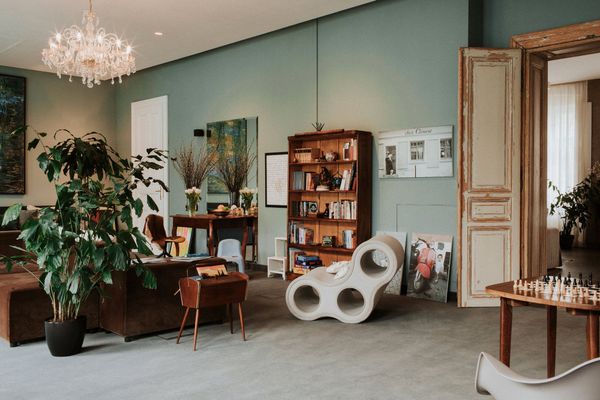Past. Present. Future. ONYX, Hungary’s only two Michelin-starred restaurant is going through the process of a great transformation: Not only is the establishment redefining its daily operations, but it’s also rewriting the discipline of fine dining by creating a creative community of chefs, researchers and designers, while also undergoing refurbishment. A true Metamorphosis.
2020 was a year full of challenges, bringing gastronomy and especially fine dining to its knees with many restaurants being forced to close their doors due to the lack of guests, difficulties with suppliers and further problems added on. Some entirely disappeared from the scene (like aum), some changed their concept (such as Borkonyha) while others stayed to win the fight and persevered by providing home delivery and pick-up services (like Rosenstein and Stand25). ONYX, however, altogether chose a different path. Recognizing changing tendencies and the high time to refresh their brand, the restaurant closed up to return to their roots and discover their true identity.

Owner and CEO Anna Niszkács is rightfully proud of the market position of ONYX—the restaurant has confidently held onto their two stars—still, the concept had started to feel too traditional, too anachronistic. While focusing on providing their best, the restaurant lost something in the process and the pandemic hit them hard, too. What’s more, in May 2020, ONYX’s young head chef Ádám Mészáros decided to leave the establishment, providing a totally clean slate for the management to paint on in the upcoming months.
The future no doubt belongs to innovators. However, experimentation and coming up with groundbreaking new solutions can be tricky especially in the tough world of fine dining. Restaurant hierarchy, stressful pace and demanding perfectionism puts even the most persistent to the test. In traditional kitchens all action revolves around the head chef, a set-up posing many dangers: operations can come to a halt if the main actor is out of the picture, and innovative ideas as well as hidden talents have difficulty in gaining exposure in such settings. But what if we were to get rid of all this? What if we created a democratic, creative community where everyone is equal, has their own say and if needed, the participants can organically be replaced like cells in a tissue?
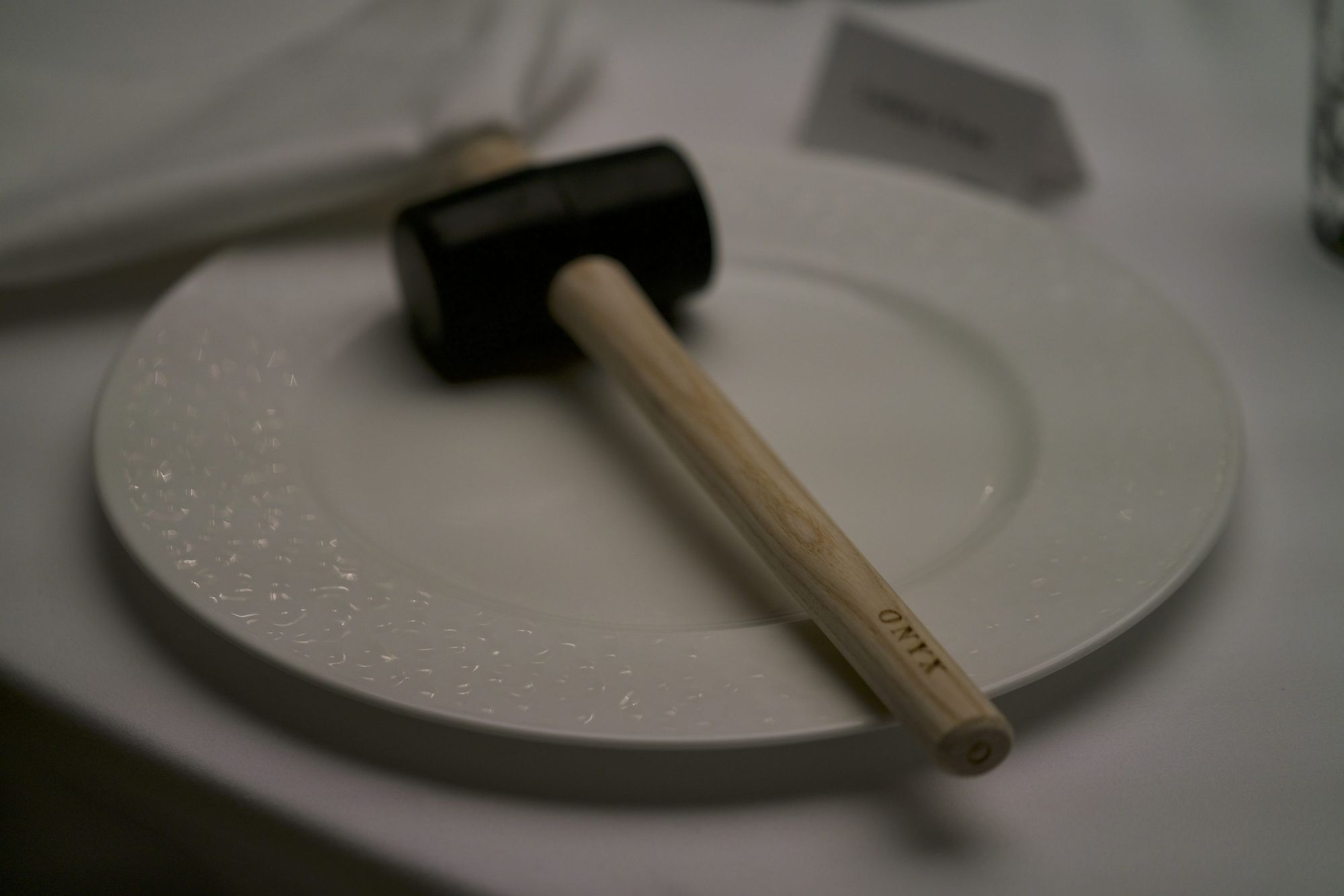
In order for this to happen, one has to supersede the traditional boundaries of gastronomy and let inspiration flow from other sources. The world of design is a great starting point with various methodologies and design practices helping to create more efficient processes, as well as asking the right questions with a fresh set of eyes. Design provides the opportunity to sketch and fail until the perfect system is born. In November 2020, ONYX’s first official, public program titled The Last Supper made great waves. Eight guests selected via a video casting, two journalists and the owners were invited to the exclusive event where after enjoying the restaurant’s most iconic dishes and premium wines, each guest was given a hammer to get break down the interior symbolizing the past to make way for rebuilding and rebirth. After the event and during the pandemic, silence enveloped the restaurant, or at least that’s how it seemed from the outside—while inside, renovations began.
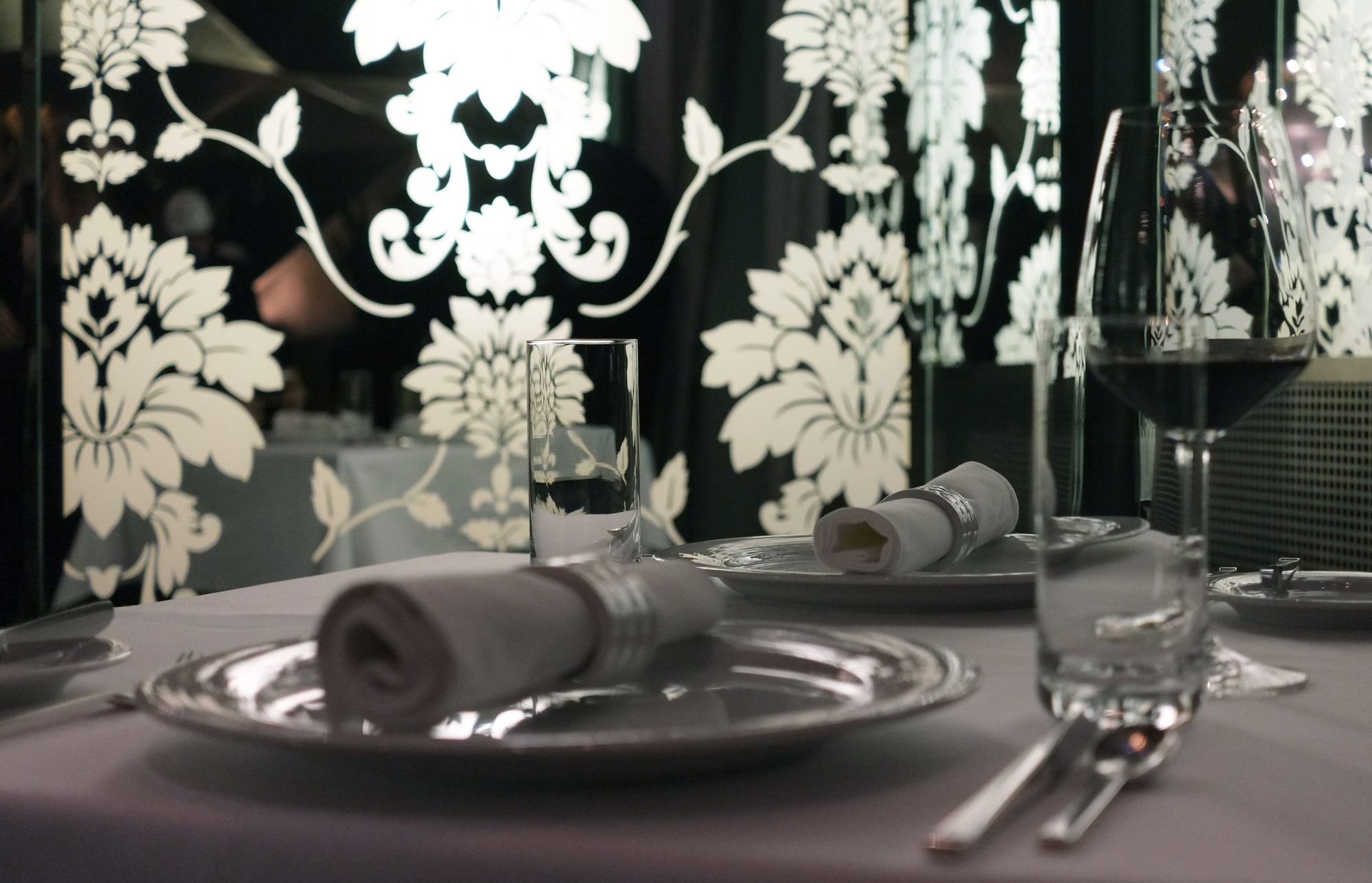
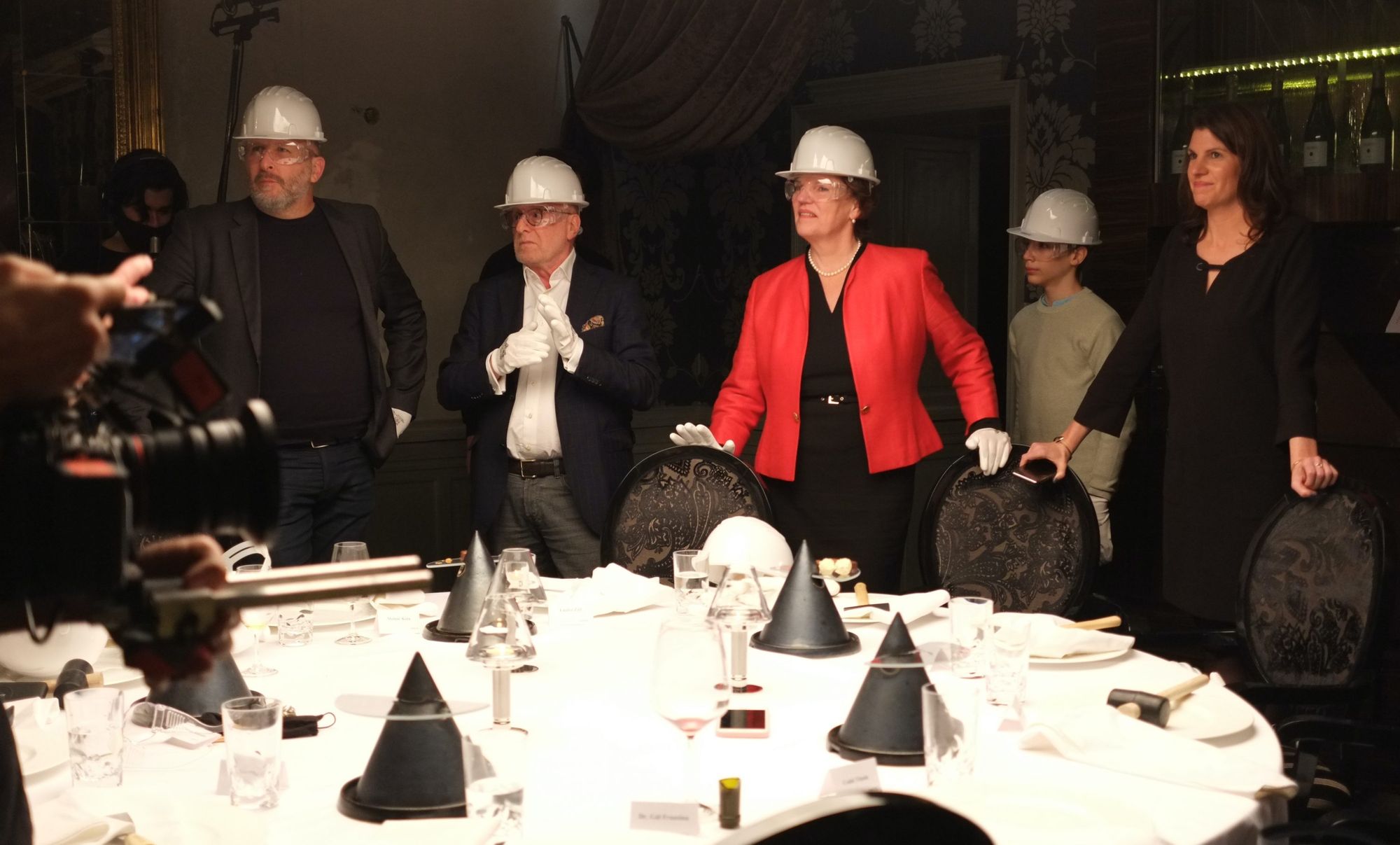
Led by strategic director Marcell Fekete, the creation of a brand new creative community was in the works. Eleven experts from different fields of gastronomy and design were organized into three divisions (kitchen, art and science). The four chefs of the kitchen division were joined by food designer Angéla Góg DLA as art director along with food design researcher Márta Merkl, doctoral student at Budapest Corvinus University and scholarship holder of the Cooperative Doctoral Program. ONYX’s further transformation was in the hands of this incredibly diverse community, with the event SITT and its exciting tasting menu held in an inclusive, relaxed atmosphere at front of the restaurant, marking the next milestone in the process. Contrary to the well-known white-gloved, tense dinner experiences usually associated with fine dining, the organizers designed democratic, multisensory and most importantly, story-telling events.
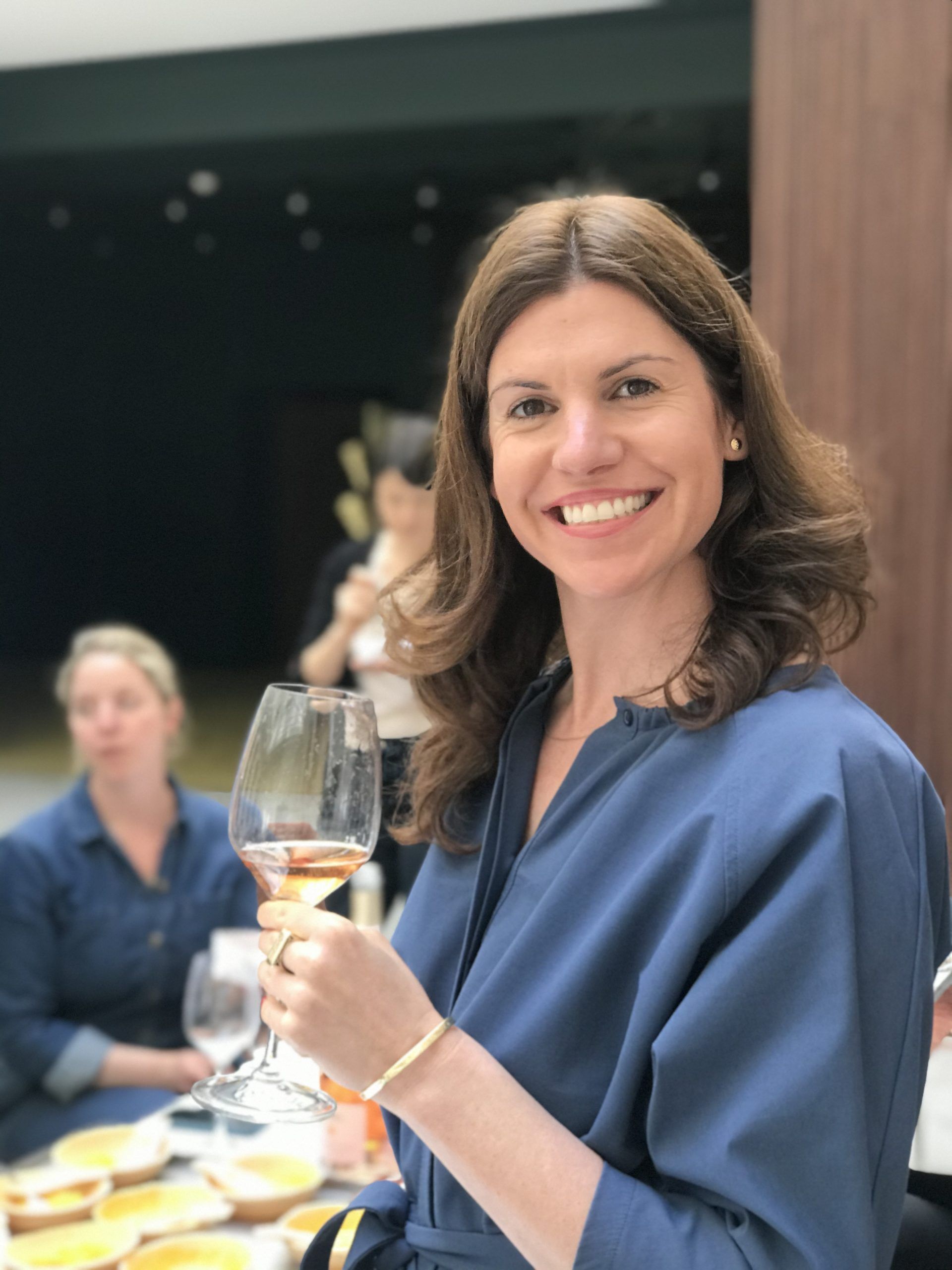
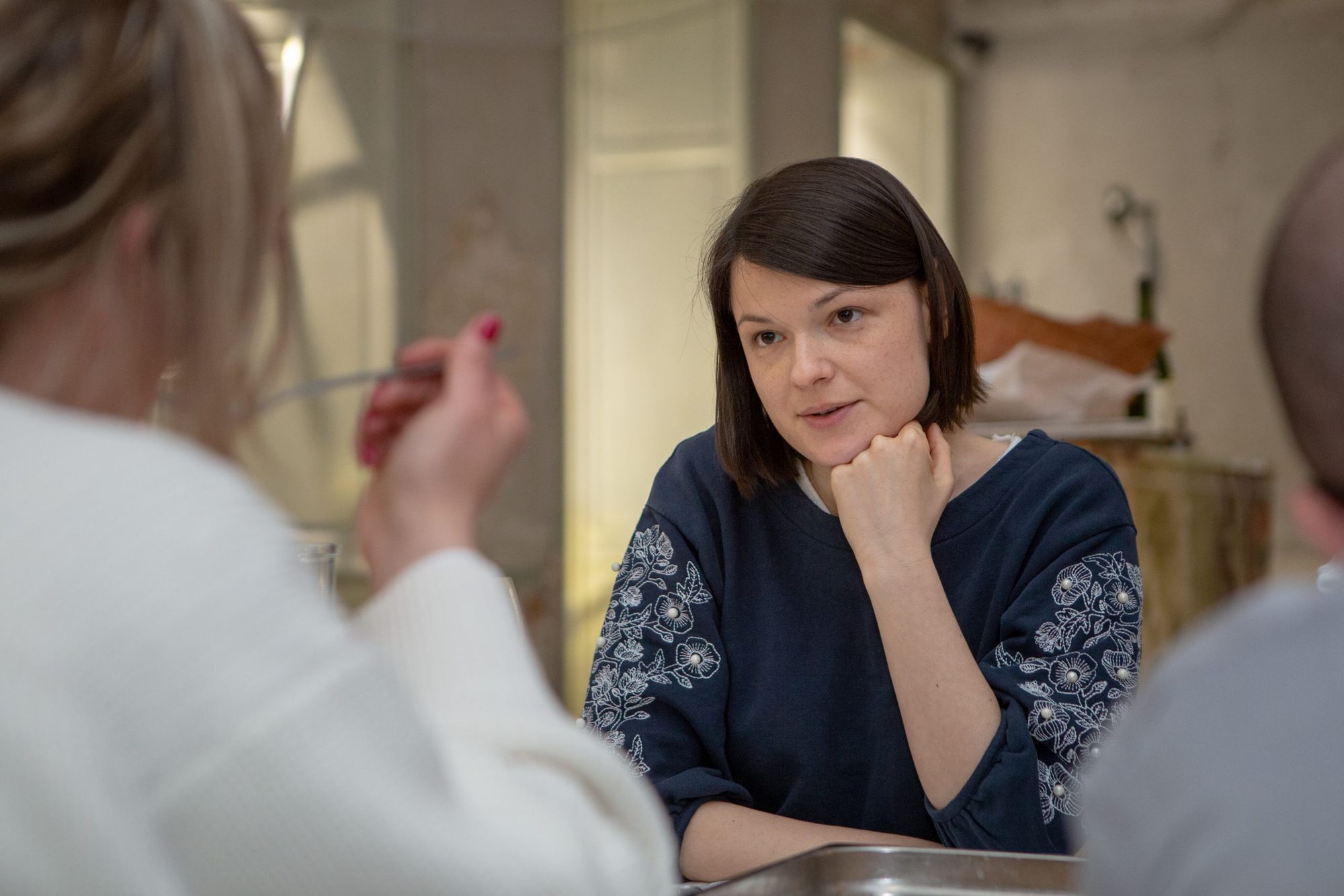
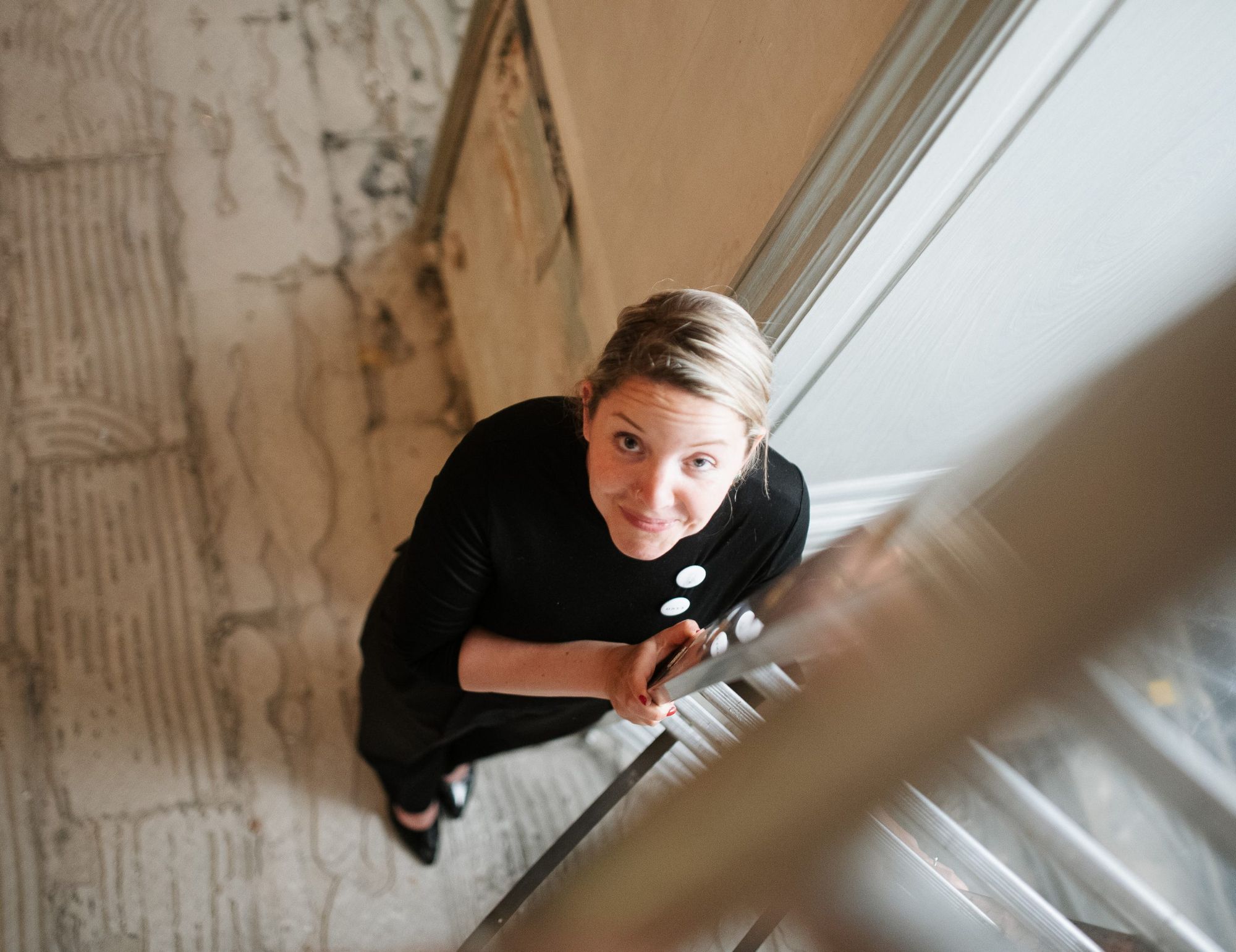
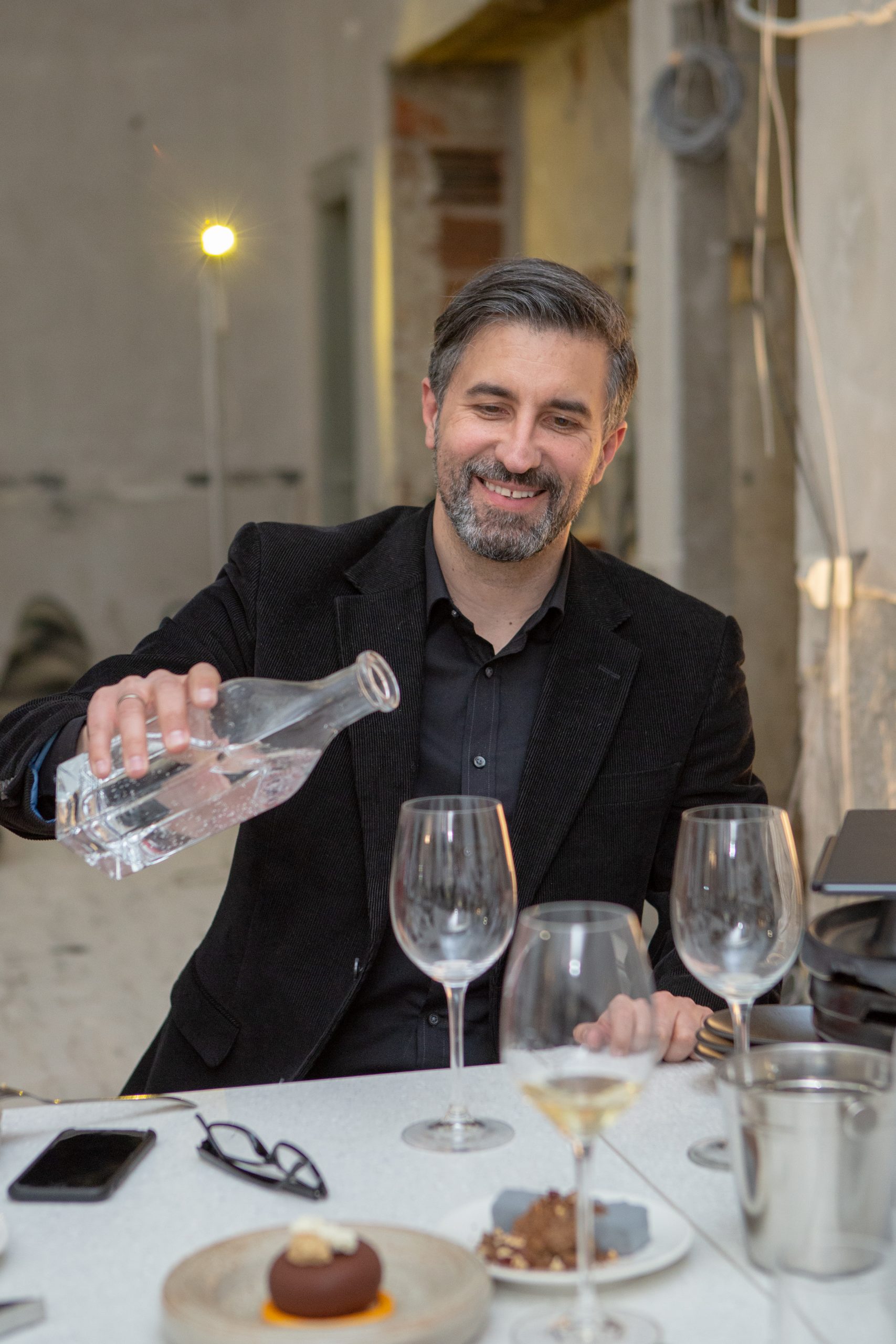
These stories could revolve around the restaurant, the team or even life itself, and all upcoming events will follow the same path, taking the form of performative pop-up experiences. The last chapter was Deconstruction—a four-night event demonstrating the destruction of the past, its reinterpretation and manifestation. The elements of the menu born from a narrative mindset were Suggestion, Choice, Analysis, Filter, Sorting Data, Comparison, Conclusion and Relics: the best elements from the dishes evoking the two Michelin star era were put in the spotlight while interactive games transformed dinner guests from observers into active participants. Contact was made while they handed each other the round plates cut into four pieces, broke the vegetable rind symbolizing the past, passed jus through a sieve (a light, reduced meat juice—the Ed.) like filtering the important lessons learnt, and built a brand new montage from ONYX’s emblematic deer dish. It was a courageous farewell to the past and an arrival to an evolving future, with a dinner that also confirmed to the team that their collaboration works seamlessly as they set foot on an enticing path of endless excitement and possibilities.
Armed with new knowledge, while always focusing on the importance of experiences and scientific curiosity, the creative community continues to work tirelessly: this year, further pop-up events are expected to continue the narrative, while the ONYX restaurant itself plans to reopen its gates in the beginning of 2022. Their long-term goals include launching an academy with expert mentors to prepare the future generation for the new challenges of gastronomy while simultaneously working on tightening the dynamic fusion of design, art and gastronomy.

Anyone can now enter the pioneering interiors of Charlotte Perriand
